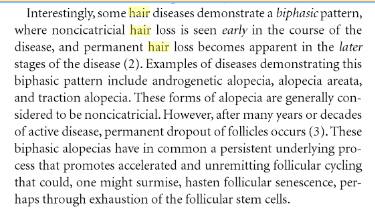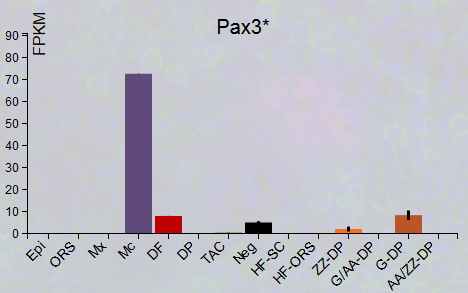Freckles represent clusters of concentrated melanin in the skin, without an increase in melanocyte numbers. Freckles are either light brown or red but usually become darker and more visible upon exposure to sunlight. GWAS studies have shown that variations in MC1R, ASIP, TYR, and BNC2, in addition to IRF4, are associated with freckles (
Sulem et al., 2007;
Sulem et al., 2008;
Eriksson et al., 2010). Mutations in the
MC1R gene have been highly associated with the formation of freckles (
Bastiaens et al., 2001). In addition to regulating TYR and IRF4 gene expression, MITF is also known to regulate expression of
MC1R (
Adachi et al., 2000;
Smith et al., 2001;
Aoki and Moro, 2002). This suggests the possibility that, like with TYR, IRF4 cooperates with MITF in regulating expression of
MC1R in melanocytes. Indeed, ChIP-seq studies show that MITF binds MC1R regulatory sequences (
Strub et al., 2011).
The effects of both TFAP2A and IRF4 are mediated through MITF which is needed both for the TFAP2A-mediated activation of
IRF4 and the IRF4-mediated activation of
TYR. ChIP-seq studies suggest that MITF regulates
TFAP2A as well as
IRF4 (
Strub et al., 2011). The cooperative effects of MITF and IRF4 suggest that these proteins might physically interact on the
TYR promoter. TFAP2A is expressed in a variety of both mesenchymal and epithelial cell types. It is not known how MITF and TFAP2A interact in the regulation of IRF4. Since the binding sites are physically close to each other, it is possible that both proteins are part of a larger complex formed at the site. Together, these data suggest that transcription factors which are expressed in multiple cell types can form cell-type specific complexes to govern differentiation.



